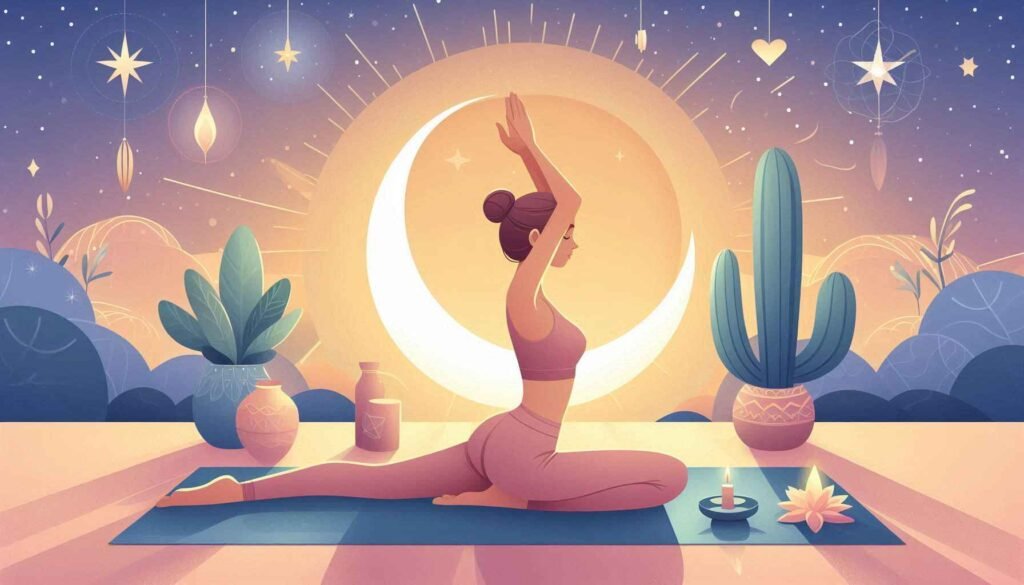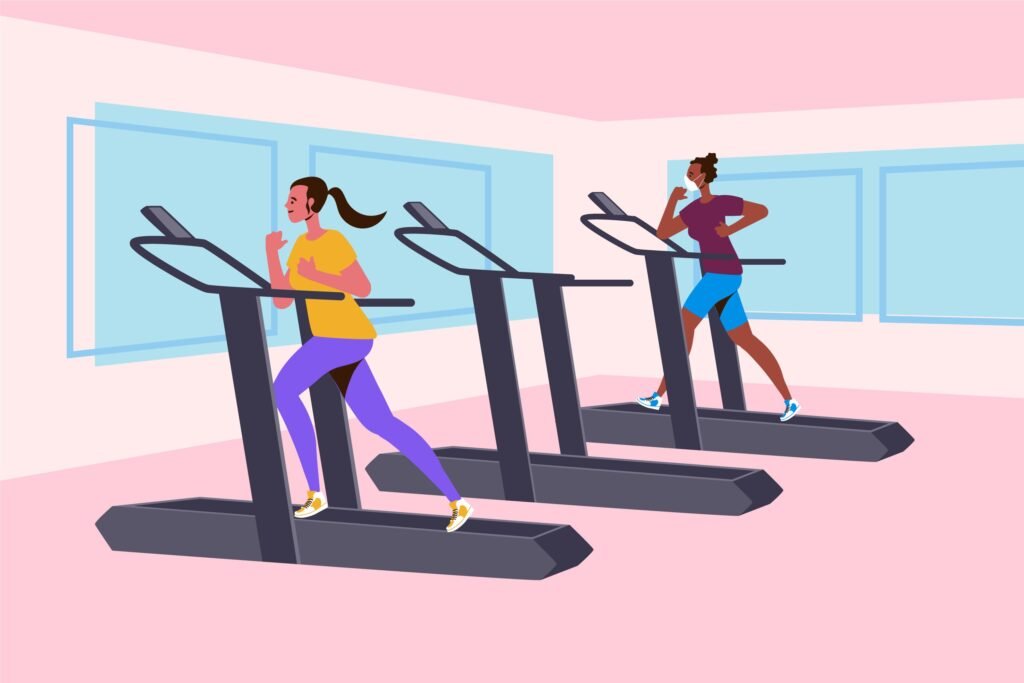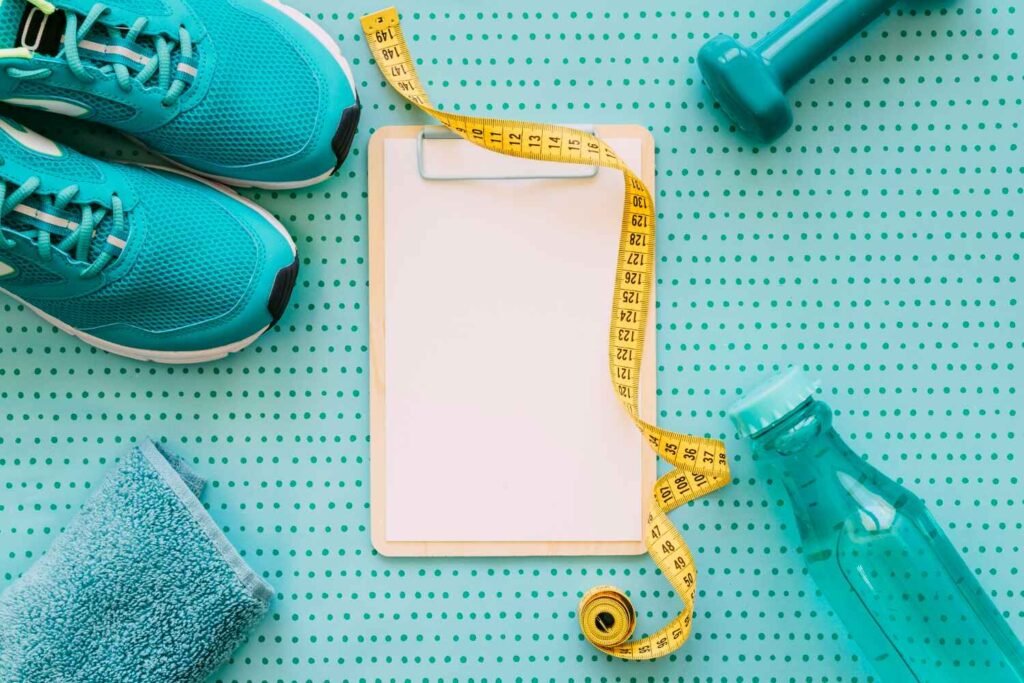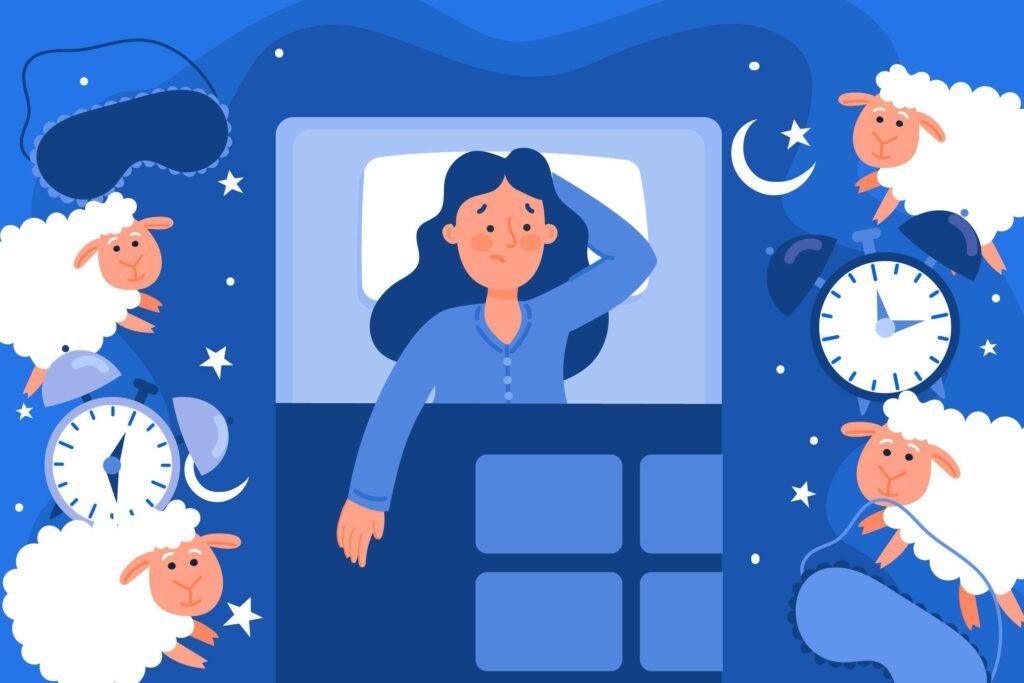
Discover the Power of Yoga
Starting your yoga journey can feel both exciting and intimidating. But rest assured, yoga is an accessible way to improve your body’s flexibility, build strength, and cultivate a sense of calm—all while fitting comfortably into your routine. Whether you’re aiming to release tight muscles or want to strengthen your core, yoga has something for everyone. Let’s dive into some essential poses for beginners that help you build both flexibility and strength.
The Basics of Yoga: Tips for Getting Started
Before we dive into specific poses, here are a few tips to help you start strong:
- Warm Up Properly: A gentle warm-up prevents injuries and gets your body ready for movement. Start with some light stretches to prepare your muscles.
- Breathe Mindfully: Yoga isn’t just about poses—your breath plays a vital role. Focus on taking deep, slow breaths through your nose to help guide your practice.
- Use Props for Comfort: Yoga blocks, straps, and blankets are your best friends. Props make poses accessible and allow you to ease into positions with comfort.
With these tips in mind, let’s explore the key yoga poses that are perfect for beginners.
Essential Poses for Flexibility and Strength
1. Mountain Pose (Tadasana)
Mountain Pose is a foundational pose that seems simple but has powerful effects on your body. Standing tall, you align your posture, ground yourself, and connect with your breath. Here’s how to do it:
- How to Do It: Stand with feet hip-width apart, toes pointing forward. Engage your thighs, tuck your tailbone slightly, and relax your shoulders.
- Benefits: Improves posture, increases awareness of alignment, and strengthens the legs.
2. Downward-Facing Dog (Adho Mukha Svanasana)
Downward-Facing Dog is often part of yoga sequences because it helps stretch and strengthen multiple muscle groups.
- How to Do It: Start in a tabletop position, tuck your toes under, lift your hips up, and push back into an inverted “V” shape. Keep your heels reaching towards the ground and your spine long.
- Benefits: Stretches the hamstrings, calves, and spine while building strength in the arms, shoulders, and legs.
3. Child’s Pose (Balasana)
Child’s Pose is a resting pose that helps relax the back, shoulders, and neck. It’s a perfect pose to come back to anytime you need a break.
- How to Do It: Kneel on the floor, bring your big toes to touch, and sit back on your heels. Extend your arms forward and bring your forehead to the ground.
- Benefits: Releases tension in the back and shoulders, calms the mind, and gently stretches the hips.
4. Warrior I (Virabhadrasana I)
Warrior I is a powerful pose that strengthens the legs and arms while also stretching the chest and hips.
- How to Do It: Step one foot back, bend the front knee, and raise your arms overhead. Square your hips towards the front of the mat.
- Benefits: Strengthens the legs, stretches the hips, and builds stability.
5. Bridge Pose (Setu Bandha Sarvangasana)
Bridge Pose is a gentle backbend that builds strength in the glutes and core while opening the chest.
- How to Do It: Lie on your back, bend your knees, and place your feet flat on the ground. Lift your hips up while pressing your feet and arms into the mat.
- Benefits: Improves spine flexibility, strengthens the glutes, and opens the chest and shoulders.
6. Tree Pose (Vrksasana)
Tree Pose is a balancing pose that enhances focus while strengthening the legs and improving posture.
- How to Do It: Stand on one leg, place the sole of the other foot on your inner thigh or calf (avoid the knee), and bring your hands to your chest or above your head.
- Benefits: Enhances balance, strengthens the standing leg, and improves focus.
7. Cat-Cow Stretch (Chakravakasana)
This flowing movement between Cat and Cow poses is a great way to warm up the spine and improve flexibility.
- How to Do It: Start in a tabletop position. Inhale as you arch your back (Cow Pose), and exhale as you round your spine (Cat Pose).
- Benefits: Enhances spinal flexibility, warms up the body, and connects movement with breath.
8. Plank Pose
Plank Pose is not only great for building core strength, but it also stabilizes your shoulders and engages your whole body.
- How to Do It: From a tabletop position, step your feet back until your body forms a straight line from head to heels. Keep your core engaged.
- Benefits: Strengthens the core, shoulders, arms, and back, providing a foundation for more advanced poses.
9. Low Lunge (Anjaneyasana)
The Low Lunge helps open the hips, stretch the thighs, and prepare you for more intense hip-opening poses.
- How to Do It: Step one foot forward from a tabletop position, and lower the opposite knee to the floor. Sink your hips down, keeping your front knee aligned over your ankle.
- Benefits: Stretches the hip flexors, strengthens the legs, and improves balance.
10. Seated Forward Bend (Paschimottanasana)
This is a gentle forward fold that helps stretch the hamstrings and lower back.
- How to Do It: Sit with your legs extended in front of you. Inhale and lengthen your spine, then exhale and reach forward towards your toes.
- Benefits: Stretches the spine and hamstrings, calms the mind, and helps relieve stress.
Creating a Beginner’s Yoga Routine
To make the most of these poses, create a beginner-friendly routine that helps build strength and flexibility over time. Start with a 10-minute practice that includes:
- Warm-up: Cat-Cow Stretch (5 breaths in each position)
- Standing Sequence: Mountain Pose, Warrior I, and Tree Pose (hold each for 5 breaths)
- Downward Dog: (Hold for 5 breaths, rest in Child’s Pose as needed)
- Bridge Pose: (Hold for 5 breaths)
- Plank Pose: (Hold for 5 breaths)
- Seated Forward Bend: (Hold for 5 breaths)
- Rest in Child’s Pose: (5 breaths)
Common Mistakes and How to Avoid Them
- Overextending in Poses: It’s common to push too hard, especially in poses like Downward Dog or Warrior. Ease into each pose, and listen to your body.
- Neglecting Breath: Breath is your guide. If you’re holding your breath, ease out of the pose and reconnect with a steady flow.
- Ignoring Alignment: Proper alignment is key to avoiding injuries. Use mirrors or practice with a teacher initially to ensure correct positioning.
Beyond Physical Benefits: Yoga’s Impact on the Mind
Yoga isn’t just about becoming flexible or strong—it’s about finding balance and peace. Incorporating yoga into your routine can reduce stress, improve sleep, and boost overall mood. The deep breathing and mindful movements provide a great way to reconnect with your body and mind.
Conclusion: Embrace Your Yoga Journey
Starting a yoga practice is a step towards better health, both physically and mentally. Yoga helps you become more in tune with your body, building strength, increasing flexibility, and finding peace. Remember, yoga is not about being perfect—it’s about showing up, practicing, and embracing progress.
Roll out your mat, take a deep breath, and start exploring these beginner poses at your own pace. Celebrate every small victory, and know that your journey is uniquely yours.



